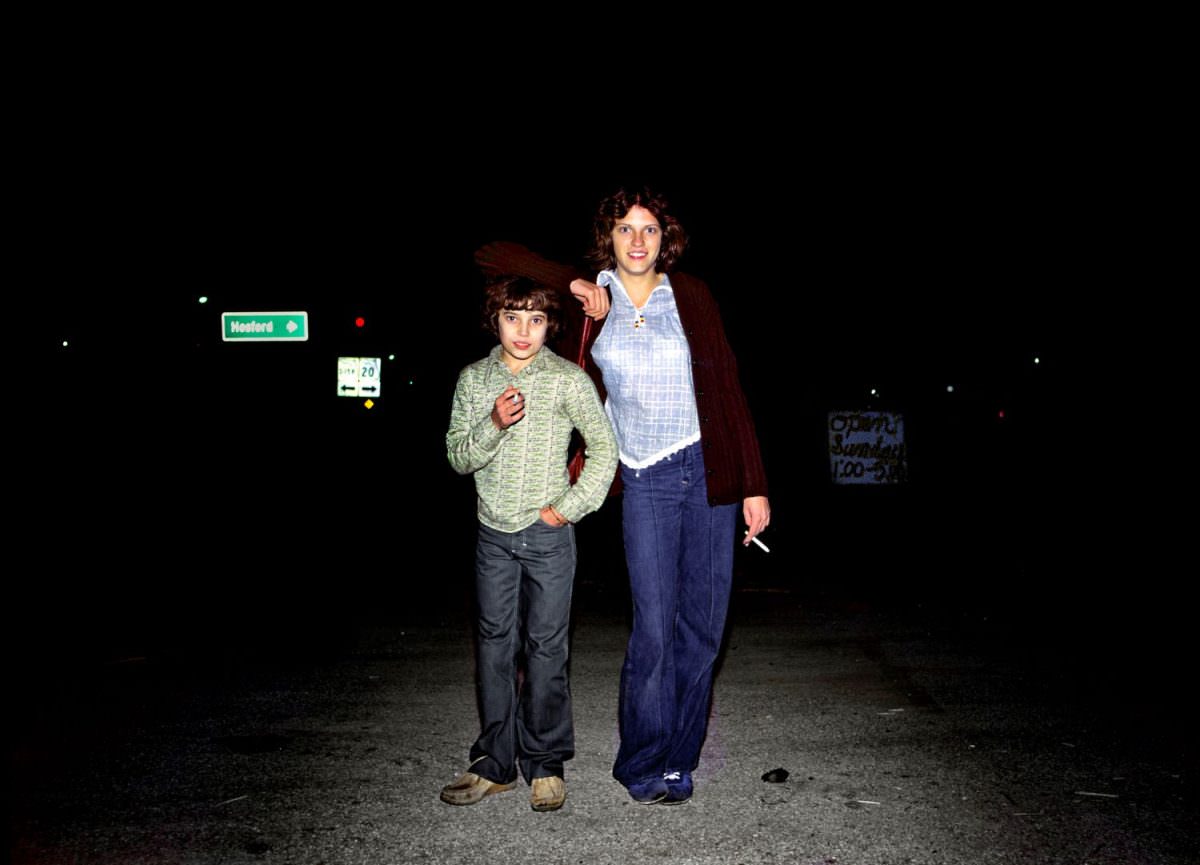Scot Sothern’s Family Tree is a remarkable photography collection that captures the essence of working-class Americans from 1975 to 1980. This body of work reflects Sothern’s desire to go beyond the life he knew in Springfield, Missouri, and explore the world around him. Raised in a photographic studio, Sothern learned early on the importance of seeing people with empathy and understanding. His father’s advice about taking portraits deeply influenced him.
A Journey of Self-Discovery
In the late 1960s, Sothern felt trapped. While others were embracing change, he felt stuck in a small town, observing life from a distance. This feeling of being out of touch pushed him to seek something more. He wanted to tell stories through photography and writing. He decided to leave his hometown and head for California, a place symbolizing freedom and creativity.
On his journey, Sothern began to take photographs of the people he encountered. He found that strangers were often willing to be photographed. They trusted him, even if they did not know him. This openness was a refreshing contrast to today’s world, where people are often cautious around cameras. Sothern’s approach was rooted in respect and genuine interest in people’s lives.
Read more
Capturing Everyday Life
Family Tree features portraits of ordinary Americans. Sothern wanted to show their lives, struggles, and joys. Each photograph tells a story. Sothern’s ability to capture the essence of a moment is evident in every frame. His subjects come alive through his lens, reflecting their personality and spirit.
Sothern believed that photography was about more than just taking pictures. It was about connecting with people and understanding their experiences. He aimed to document life with the same love and appreciation that a groom has for his bride. This perspective allowed him to create images that resonated with viewers.
When Sothern left small-town America, he noticed a significant change in society. Many people had become more mobile, moving away from their hometowns. Ghost towns began to appear as communities changed and people left. Sothern documented this shift through his photography. He wanted to capture the soul of the working-class individuals who remained.
The photographs in Family Tree reflect a sense of nostalgia for a time when families stayed close together. Many of the people he photographed lived simple lives, yet their stories were rich and complex. Sothern’s work highlights the beauty in everyday moments, showing how ordinary lives can be extraordinary.

















